Articles

Cost-cutting Solution for Companies in the Philippines
Experts note that addressing the economic and social repercussions of the high electricity costs in the Philippines requires policy reforms that prioritise investments in renewable energy and reduce the reliance on fossil fuel imports.

The Impact of Net Metering Changes on Pakistan’s Solar Boom
Pakistan's solar industry is seeing an unprecedented surge due to high grid energy costs and cheap solar panels. However, this has created challenges for the country's grid and raised costs for grid energy consumers. As a result, the government recently announced changes to its net metering program, which is being met with concern by solar advocates.

Boom & Bust 2025 Report: New Coal Power the Lowest in 20 Years
While the momentum against coal has never been stronger, the world remains off track with the Paris Agreement goals mainly due to ongoing efforts of high-emitting Asian economies like China, India, Japan, South Korea and Indonesia to extend the life of the most polluting fuel.

Japan’s Industrial Policy for Floating Offshore Wind
Japan is poised to harness its vast offshore wind potential by aiming for 140 GW of capacity by 2050, focusing on floating offshore turbines. Despite ambitious government reforms and private sector initiatives, challenges such as rising costs, slow permitting processes and inadequate infrastructure could hinder progress. Successfully navigating these hurdles is crucial for Japan to enhance its energy security and competitiveness in the global renewable energy landscape.

The Surge Of Solar Energy In Pakistan
Solar energy makes up a small portion of Pakistan's energy mix. However, solar panel imports have hit record highs, poising the industry for massive growth. The country needs to improve policies to make this uptick sustainable in the long term.
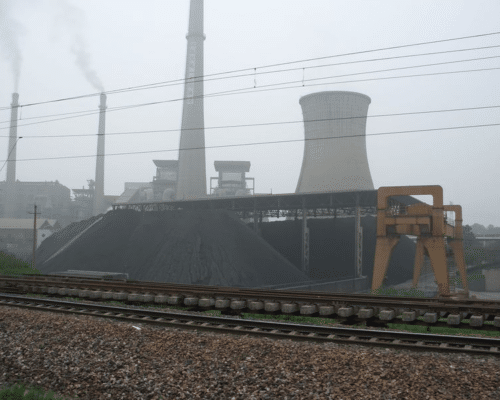
China’s Coal Plants Are Risking its Energy Transition
China's renewed commitment to coal, marked by the construction of 94.5 gigawatts of new coal power capacity in 2024, poses a significant threat to its climate goals. Despite ambitious renewable energy expansion, the reliance on coal and the rise in coal gasification could undermine efforts to reduce greenhouse gas emissions and hinder the country's transition to cleaner energy sources.

Climate Tops Voters’ Priorities As Asia Pacific Braces for 2025 Elections
The elections that are about to take place all over APAC in the upcoming months provide candidates with an opportunity to acknowledge ambitious climate and emissions reduction action not only to appease climate voters but also to guarantee economic growth, energy security and better handling of the cost-of-living crisis.
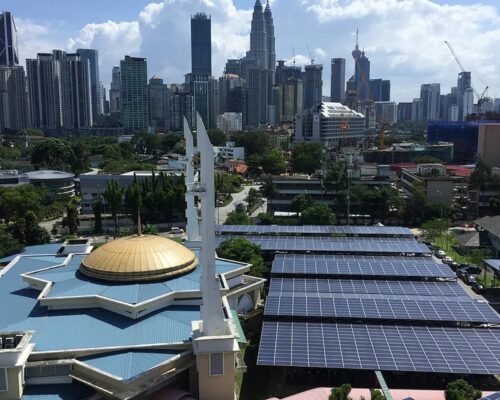
Malaysia’s Economy: Balancing Growth and Renewable Ambitions
Malaysia's economy has seen a significant rebound following COVID-19, positioning it as an economic leader in Southeast Asia. Its pursuit of renewable energy targets over the coming decades has the potential to supercharge this economic growth. However, ongoing government support and investment incentives are critical to capitalising on this opportunity.
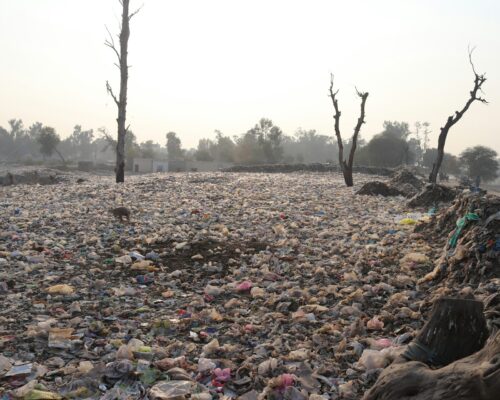
The Global Plastics Treaty and Its Importance to End Plastic Pollution
While a few petrostates blocked the progress on the Global Plastics Treaty in 2024, countries will have another chance to advance the initiative in August 2025. Failure to overcome the fossil fuel lobby’s interests for a second time would be devastating for global efforts to tackle one of the most pressing environmental challenges of our time.
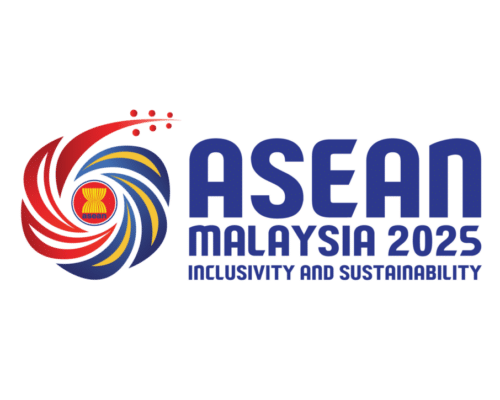
ASEAN 2025: Malaysia’s Push For Sustainability
Malaysia will hold the ASEAN chairmanship in 2025 and will be central to driving several initiatives forward. These include the Community Vision through 2045 and the Digital Economy Framework. Combined, these two frameworks have the power to define the region's social, economic and environmental future for decades to come.

Japan’s Seventh Strategic Energy Plan Is Both Unambitious and a Fantasy
Japan's seventh Strategic Energy Plan, finalised on Feb. 18, 2025, targets 40-50% renewable energy and 20% nuclear power by 2040 but faces criticism for being overly optimistic. Experts warn that without major policy reforms, Japan may continue relying on fossil fuels, highlighting the need for greater transparency and diverse input in energy planning.

How Does Solar Energy Work: A Guide
Solar energy is the fastest-growing form of energy generation technology. It is desirable because it relies on the sun's radiation, a predictable and infinite energy source. Furthermore, infrastructure costs are rapidly declining, efficiency is improving and widespread demand for renewable energy adoption is increasing.
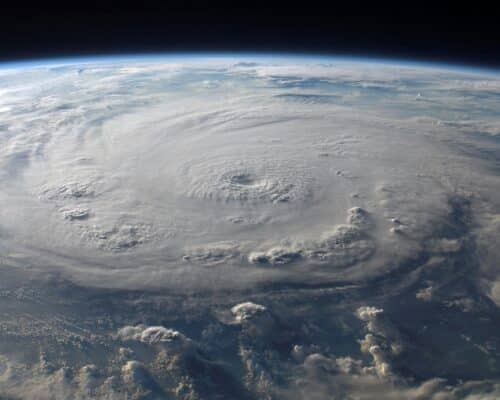
IPCC’s 62nd Session in China Fails to Agree on Deadline For Next Climate Reports, Scientists Concerned
Despite the prolonged discussions, delegates couldn’t agree on the timeline for the AR7 reports’ delivery for the third time in a row. The efforts of a group of countries to slow progress at the IPCC-62 down succeeded, creating uncertainty whether the reports would be produced in time to inform the second Global Stocktake.
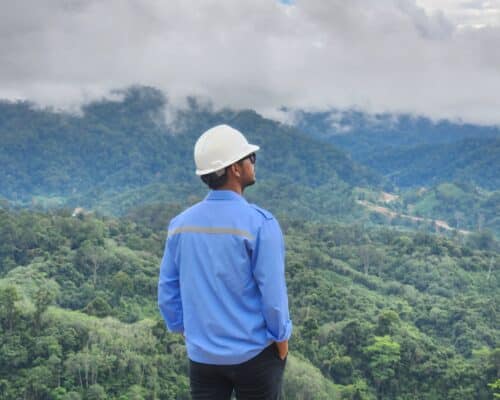
Inter-ministerial Collaboration Essential in Actualising Indonesia’s Green Jobs Potential [Op-Ed]
The transition from fossil fuels to renewable energy presents a significant opportunity for Indonesia to create green jobs, with estimates suggesting the potential for approximately 1.12 million new engineering roles by 2050. However, a lack of integration between energy transition policies, labour market development and inadequate training resources poses challenges.
Most Popular
Most Popular
Categories
-
9
-
33
-
126
-
4
-
17
-
43
-
52
-
11
-
10
-
15
-
24
-
6
-
6
-
247
-
195
-
13
-
23
-
1
-
1
-
23
-
38
-
41
-
84
-
18
-
81
-
41
-
17
-
10
-
40
-
41
-
86
-
284
-
21
-
39
-
35
-
10
-
41
-
36



